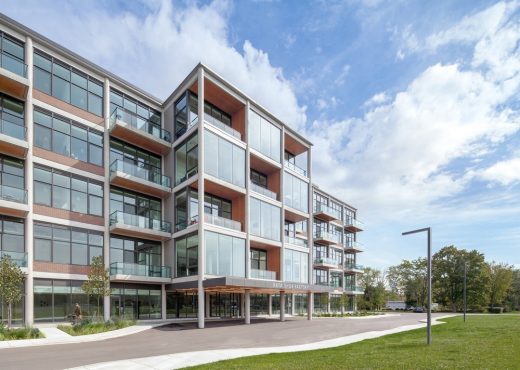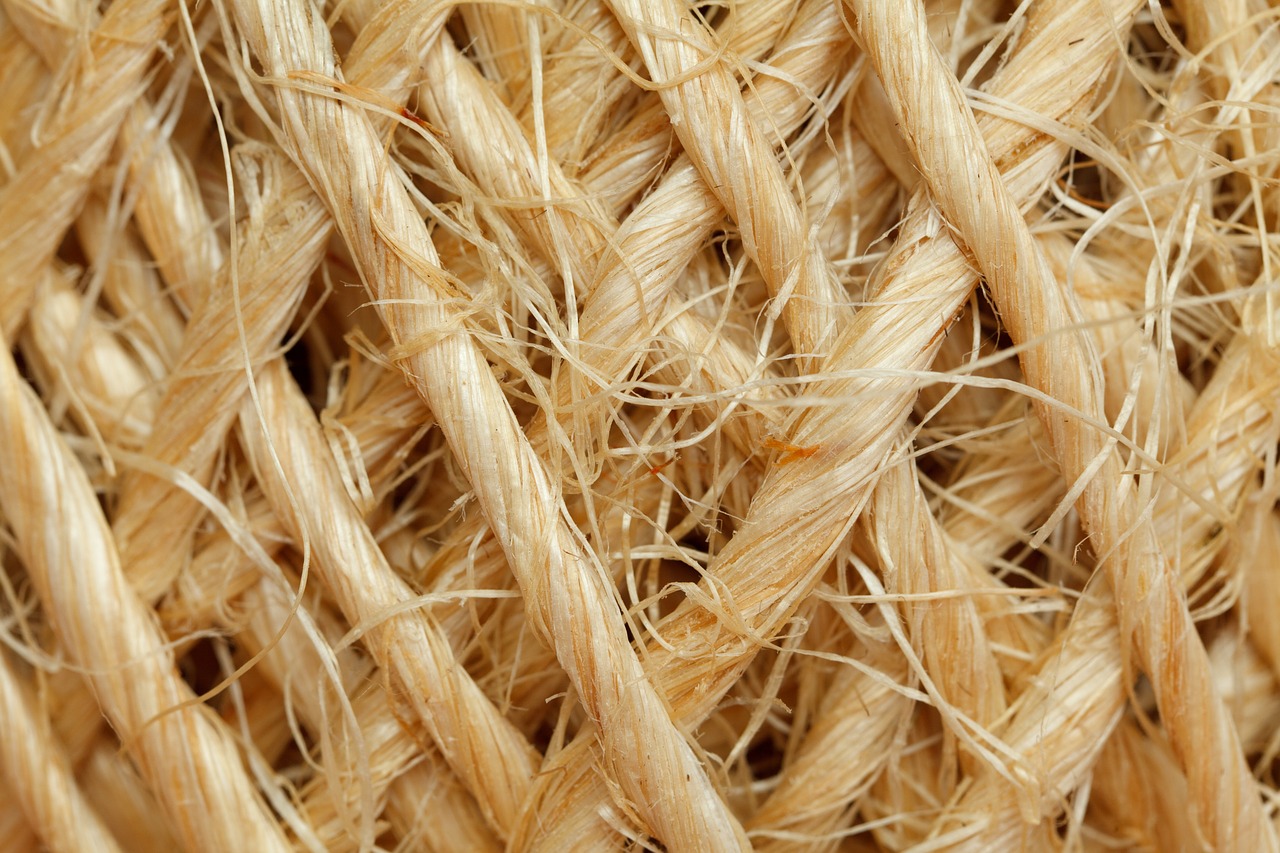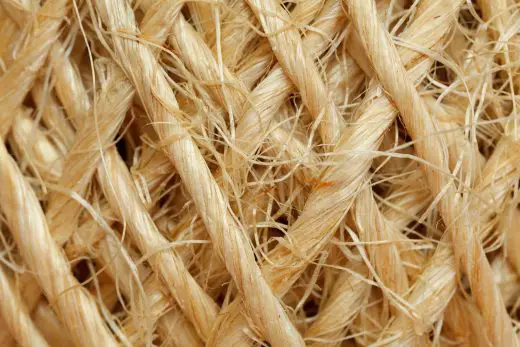Hemp as a Low-Carbon Construction Alternative Guide, Sustainable plant-based building materials
Hemp as a Low-Carbon Construction Alternative Advice
4 Feb 2021
The concept of construction is generally not an environmentally-friendly process. That is why designers and architects are constantly looking for new ways to improve the sustainability of their modern housing projects. This wave of ‘greener’ homes has resulted in a lot of experimentation in both energy sourcing and construction materials. One such innovation is the introduction of hemp as a low-carbon building material.
The Demand for Plant-Based Construction Materials
The world is only beginning to feel the effects of climate change’s imminent impact on environments and economies. Globally, every year, enough concrete is poured to cover all of England. This is a serious concern because, as the BBC points out, concrete is responsible for 4 to 8% of the world’s carbon dioxide emissions.
As older homes and buildings are torn down and replaced, construction companies continue to use and develop concrete at a dangerous rate. But this isn’t solely the fault of the organizations constructing the buildings. Part of the responsibility to build sustainably falls on the designers themselves. Architects need to acknowledge their responsibility in contributing to the overproduction of concrete by choosing materials that produce as low a carbon footprint as possible without compromising structural integrity. This recognition of architectural responsibility is a huge contributor to the recent rise in plant-based construction materials.
Wood and other plant-based materials are excellent for sustainable building due to their ability to absorb carbon over their lifetime. Trees and plants take in carbon dioxide through the process of photosynthesis. When they die, they release this carbon back into the air and the earth, creating what is known as the carbon cycle. This cycle can be interrupted for the benefit of the environment by using said timber for construction.
Cross-laminated timber (CLT) is a sturdy, long-lasting structural material that can retain carbon longer than if it were to age in the forest. Many forests that are no longer felled for materials have started to produce more carbon than they absorb due to the number of trees. While it is impossible not to acknowledge the influence of human activity, human involvement may be the way to avoid such a collapse.
As popular as the switch to wood-based materials has become, it still presents some significant challenges. For one, trees do not grow quickly enough to be a sustainable resource. In order to get the strong, aged lumber used for larger structures, the trees need to have matured for many years. Therefore, relying on wood may not be ideal for reliably creating carbon-neutral homes. But maybe hemp-based materials could be a solution?
The Architectural Application of Industrial Hemp
When people hear the term hemp, their first thought is often of personal wellness products. But hemp, in this case, is not being used for its chemical properties but its physical properties.
The industrial hemp used in the manufacturing of hemp-based construction materials doesn’t use any of the leaves or flowers associated with a certain other type of more restricted plant. In fact, the hemp that is used is mostly derived from hemp fiber producers who focus on collecting the woody core of the hemp plant.
The hemp that is received by materials manufacturers is visibly and texturally similar to that of wood chips. This type of raw material is known as the hemp hurd, and is the most valuable part of hemp-based construction products.
The high percentage of fiber offered by the hemp hurd lends itself as an excellent alternative for the gravel in concrete. Hempcrete is the combination of hemp hurd, water, and an appropriate lime binder. This combination allows it to achieve the same structural and thermal benefits of concrete without the environmental cost.
Why Hemp-Based Structural Materials?
Hempcrete and other hemp-based structural materials offer a range of benefits that extend beyond just its positive impact on the environment.
Strong Structural Qualities
While made from a plant, hempcrete has been proven to have incredible structural benefits when it comes to its load capacity and stud support. This is because hempcrete is excellent at providing structural integrity in weak axis bending.
Excellent Carbon Sequestration
According to a University of Toronto research study on the carbon storage potential of natural fiber composites, 325 kilograms (716.6 lb) of CO2 can be stored in just one ton of dry hemp. By using one cubic-meter of hempcrete, you could potentially sequester over 100 kilograms of CO2 for every cubic meter of material.
The next time you look to design or build a home that has low carbon impact, consider incorporating hemp-based structural materials.
Comments on this guide to Hemp as Low-Carbon Construction alternative article are welcome.
Sustainable Building
Sustainability Posts
Can you have a net-zero house?
Take action to save our planet
Sustainability in Architectural Research
7 innovative designs to make your home sustainable
Sustainable Architecture Climate Change
Home Articles
Residential Architecture
Former Bata Shoe Factory, Batawa, Ontario, Canada
Architects: Dubbeldam Architecture + Design and Quadrangle

photography : Scott Norsworthy
Former Bata Shoe Factory Batawa
As a sustainable community and satellite town adapted to 21st century living, where residents could live close to nature but maintain a connection to work through high-speed broadband, she envisioned Batawa as a model community for social and environmental sustainability.
Comments / photos for the Hemp as Low-Carbon Construction alternative Advice page welcome.






